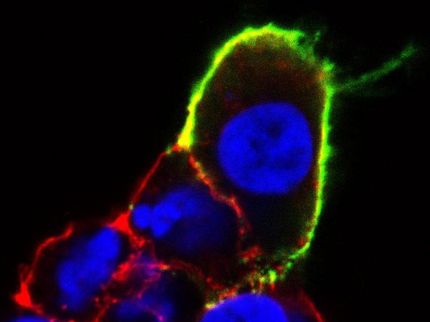Breakthrough in understanding the functionality of GPCRs
Advertisement
Integral Molecular announced a major advancement in understanding the functionality of G protein-coupled receptors (GPCRs), the largest protein superfamily in the human genome, providing unprecedented insight for human disease therapeutics.
The work answers the fundamental question of how GPCRs, a complex class of membrane protein on the cell surface, transmit signals across the outer membrane to orchestrate internal signaling events implicated in diseases including HIV, heart disease, and cancer. The study employed Integral Molecular’s Shotgun Mutagenesis platform for the most detailed and comprehensive study of the GPCR CXCR4 completed to date.
“Integral Molecular’s ability to exhaustively study complex proteins through mutagenesis, coupled with our structural insights, has propelled our understanding of CXCR4 and other GPCRs,” said Dr. Tracy Handel, collaborator and co-author from the University of California in San Diego and a leading expert in chemokine receptor structural biology. “CXCR4 has been studied for over two decades, but the detailed mechanism for how it and other GPCRs receive and transmit information to trigger cellular responses had yet to be fully described.”
“Using our Shotgun Mutagenesis platform, we’ve successfully mapped key molecular interactions within CXCR4 that can be manipulated to manage diseases such as cancer and HIV,” said Dr. Benjamin Doranz, President and Chief Scientific Officer at Integral Molecular. “GPCRs comprise about a third of existing drug targets, so our results have significant implications for the discovery of new, as well as improved, therapeutics.”























































